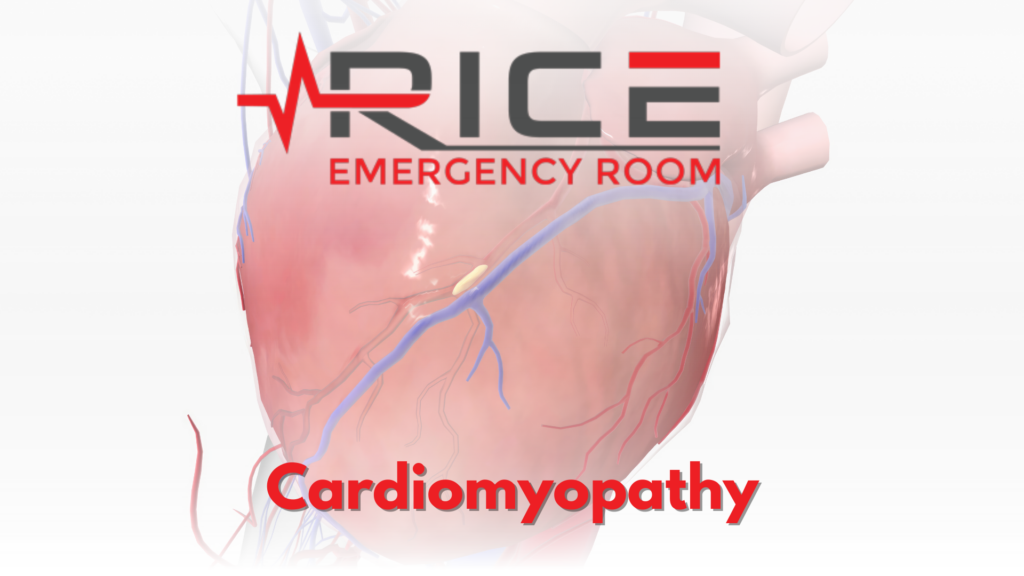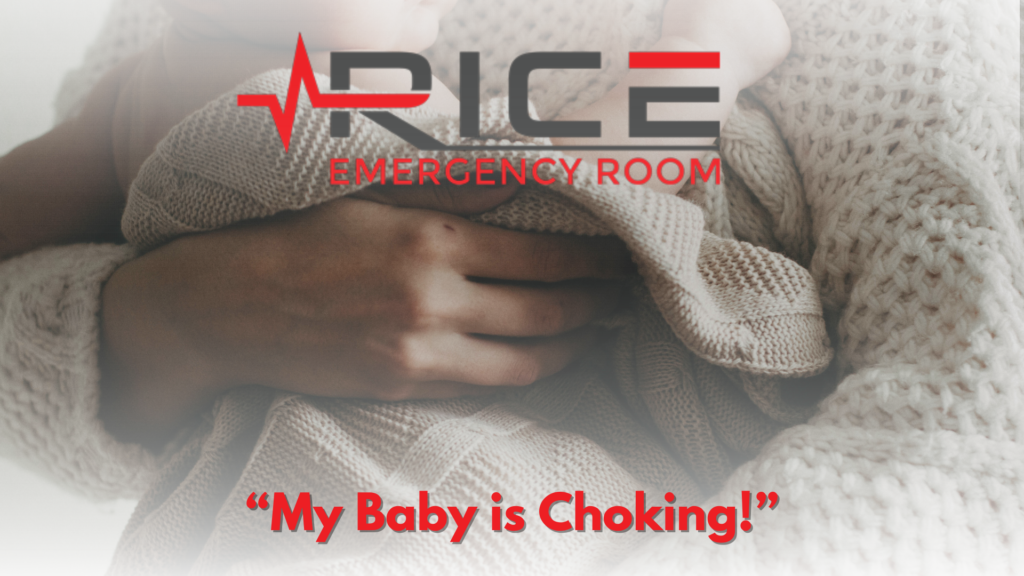Deep Vein Thrombosis (DVT) is a serious medical condition that occurs when a blood clot forms in a deep vein, usually in the legs. This condition demands attention and awareness due to its potentially life-threatening consequences. Here, we’ll explore 5 causes of DVT, exploring its symptoms, and preventive measures.
Symptoms of Deep Vein Thrombosis
Recognizing the symptoms of DVT is crucial for early detection and prompt treatment. The common symptoms include swelling, pain or tenderness, and red or discolored skin in the affected area. It’s important to note that these symptoms may not always be present, and in some cases, DVT can be asymptomatic. Therefore, individuals with risk factors such as a history of blood clots, prolonged immobility, or certain medical conditions should remain vigilant. (National Institutes of Health, 2017)
5 Causes of Deep Vein Thrombosis
Understanding the underlying causes of DVT is essential for both prevention and effective management. Some of them are:
- Inactivity and Immobility: Prolonged periods of immobility, such as long flights or bed rest, can increase the risk of DVT. This is due to reduced blood circulation, which can lead to clot formation.
- Surgery and Trauma: Surgeries, especially joint replacement surgeries, and trauma to the veins can contribute to the development of blood clots.
- Medical Conditions: Certain medical conditions, such as cancer and inflammatory disorders, can elevate the risk of DVT. Additionally, conditions that affect blood clotting, like thrombophilia, can be contributing factors.
- Genetics: A family history of DVT or clotting disorders can increase an individual’s susceptibility to this condition.
- Hormonal Factors: Women who are pregnant, taking birth control pills, or undergoing hormone replacement therapy may have a higher risk of DVT. (Mayo Clinic)
Complications of DVT
Complications arising from Deep Vein Thrombosis can pose serious health risks, including:
Pulmonary Embolism (PE): PE is a potentially life-threatening consequence of DVT. It occurs when a blood clot, originating in a leg or another part of the body, breaks loose and lodges in a blood vessel within the lungs. These symptoms encompass sudden shortness of breath, chest pain during breathing or coughing, rapid breathing, an accelerated pulse, sensations of faintness or actual fainting, and the coughing up of blood.
Postphlebitic Syndrome: The veins can sustain damage from the blood clot, resulting in diminished blood flow in the affected regions. This damage gives rise to symptoms such as leg pain, swelling, alterations in skin color, and the development of skin sores.
Treatment Complications: The conventional approach to DVT often involves the use of blood thinners. However, this method has its concerns. Bleeding, or haemorrhage, stands out as a problematic side effect of blood thinners. Therefore, it is imperative to undergo regular blood tests while on these medications to monitor and manage potential complications effectively. (WebMD)
Prevention of Deep Vein Thrombosis
Taking proactive measures to prevent DVT is crucial, particularly for individuals with known risk factors. Some of the preventive strategies include:
Regular Physical Activity: Regular exercise promotes healthy blood circulation, reducing the risk of clot formation. Simple activities like walking or stretching can make a significant difference.
Stay Hydrated: Proper hydration is essential for preventing blood from thickening and forming clots. This is especially important during long flights or periods of immobility.
Compression Stockings: Wearing compression stockings can help prevent blood from pooling in the legs and reduce the risk of clot formation.
Medication and Blood Thinners: In some cases, especially for individuals with a history of DVT or certain medical conditions, doctors may prescribe blood thinners to prevent clot formation.
Elevate Legs During Prolonged Sitting: If you have to sit for an extended period, such as during long flights or road trips, elevating your legs and taking breaks to move around can help maintain healthy blood flow. (Cleveland Clinic)
When to go to the ER
If you experience sudden shortness of breath, chest pain, rapid breathing, a fast pulse, or coughing up blood, it could indicate a potentially life-threatening complication known as Pulmonary Embolism (PE) associated with Deep Vein Thrombosis (DVT). In such cases, seek immediate medical help. Additionally, if you notice symptoms like leg swelling, pain, or redness, especially if they persist, consult a healthcare professional promptly. Early intervention can significantly improve outcomes.
Works Cited
National Institutes of Health. “How to Spot and Prevent Deep Vein Thrombosis.” National Institutes of Health, U.S. Department of Health and Human Services, 8 Sept. 2017,
newsinhealth.nih.gov/2017/01/how-spot-prevent-deep-vein-thrombosis.
Mayo Clinic. “Deep Vein Thrombosis (DVT).” Mayo Clinic, Mayo Foundation for Medical Education and Research,
www.mayoclinic.org/diseases-conditions/deep-vein-thrombosis/symptoms-causes/syc-20352557.
WebMD. “Deep Vein Thrombosis (DVT) Complications.” WebMD,
www.webmd.com/dvt/deep-vein-thrombosis-complications.
Cleveland Clinic, Cleveland Clinic medical. “Deep Vein Thrombosis (DVT).” Cleveland Clinic, my.clevelandclinic.org/health/diseases/16911-deep-vein-thrombosis-dvt.




